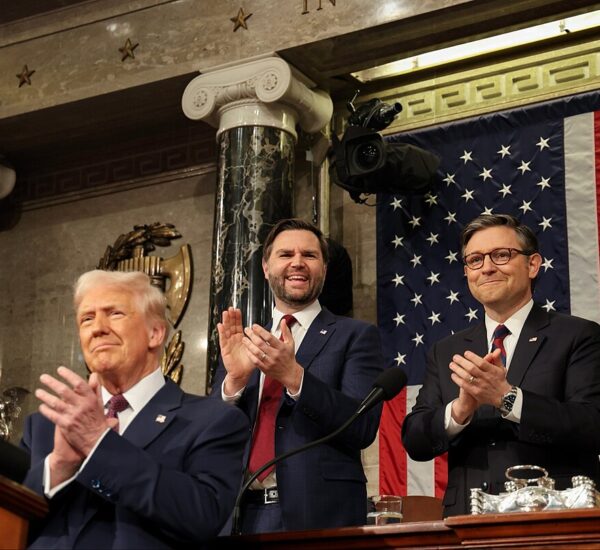Trump Takes On Clean Water Act
The Trump administration has rolled out a major proposal to rein in decades of Clean Water Act overreach, offering long-awaited relief to farmers, ranchers, builders, and everyday homeowners who have been forced to navigate confusing federal water regulations.
For years, the government used an extremely broad definition of what counted as “waters of the United States”—a definition that often turned small puddles, seasonal streams, and even ditches into federally regulated territory. President Trump’s new rule is designed to bring clarity, restore property rights, and pull decision-making power away from Washington bureaucrats.
A Major Shift Away From Washington Overreach
Environmental Protection Agency (EPA) Administrator Lee Zeldin says the new definition sharply limits which waters fall under federal control.
“There will be fewer features regulated by the federal government,” Zeldin said, noting that landowners should not have to spend thousands on lawyers just to understand whether a wet patch on their own property is considered a ‘federal waterway.’”
Under the current system, “waters of the U.S.” require federal permits for even routine activities, including dredging, filling, and land development. Property owners have long argued that these rules are confusing, costly, and impossible to follow without hiring consultants.
What the New Trump Rule Changes
EPA officials outlined several key reforms that bring the Clean Water Act back to common-sense boundaries:
✔ Groundwater removed from automatic federal control
States—not Washington—regain authority.
✔ Interstate waters no longer guaranteed blanket federal protection
They must meet specific criteria rather than receiving automatic designation.
✔ Ephemeral streams excluded
These temporary streams appear only after rainfall or snowmelt and should not be treated as permanent waterways.
✔ Wetlands must have a continuous surface connection
This follows the 2023 Supreme Court ruling, which made clear that only wetlands directly connected to permanent waters qualify for federal oversight.
EPA Assistant Administrator Jessica Kramer emphasized that this aligns the policy with the Court’s demand that only “relatively permanent” waters be regulated.
Rolling Back Biden’s Overreach on Water Rules
After the Supreme Court ruling, the Biden administration issued a rule that critics say went far beyond what the Court allowed—again sweeping up areas that clearly did not resemble navigable waters.
Republicans say Biden’s rule burdened hardworking Americans with excessive permitting, regulatory uncertainty, and potential fines.
President Trump’s proposal reverses that trend and gives landowners the clarity they have been demanding.
Zeldin stressed:
“No longer should Americans be forced to hire attorneys just to understand if their own property contains a regulated waterway. President Trump is restoring balance, protecting navigable waters, and promoting economic growth nationwide.”
Environmental Activists Lash Out
Left-wing environmental groups immediately attacked the proposal, claiming it would weaken water protections.
However, conservatives argue that these groups consistently favor federal control over common sense and routinely ignore the economic harm their demands impose on rural America.
Madeleine Foote of the League of Conservation Voters criticized the plan, calling it a “giveaway.” But critics say this argument overlooks the reality: states have shown they can protect waterways without crushing property owners under federal mandates.
Industry Leaders Welcome the Move — but Some Want More
Agriculture groups, property rights advocates, and developers praised the new proposal for restoring clarity and fairness. Many see it as a long overdue correction after years of bureaucratic overreach.
Damien Schiff, the attorney behind the Supreme Court case that restricted federal wetland oversight, called it a “meaningful step toward relief” for landowners nationwide.
Still, Schiff noted that the rule could go even further, arguing that some aspects still extend federal authority beyond what the Court intended.
A Major Win for Property Rights, States’ Rights, and American Economic Freedom
The Trump administration’s proposal represents a clear shift toward:
- protecting property rights
- removing burdensome federal regulations
- strengthening state authority
- supporting rural communities
- promoting economic growth
For millions of families, farmers, and small businesses, this reform is more than a policy change—it’s a powerful step toward restoring freedom from federal intrusion.






